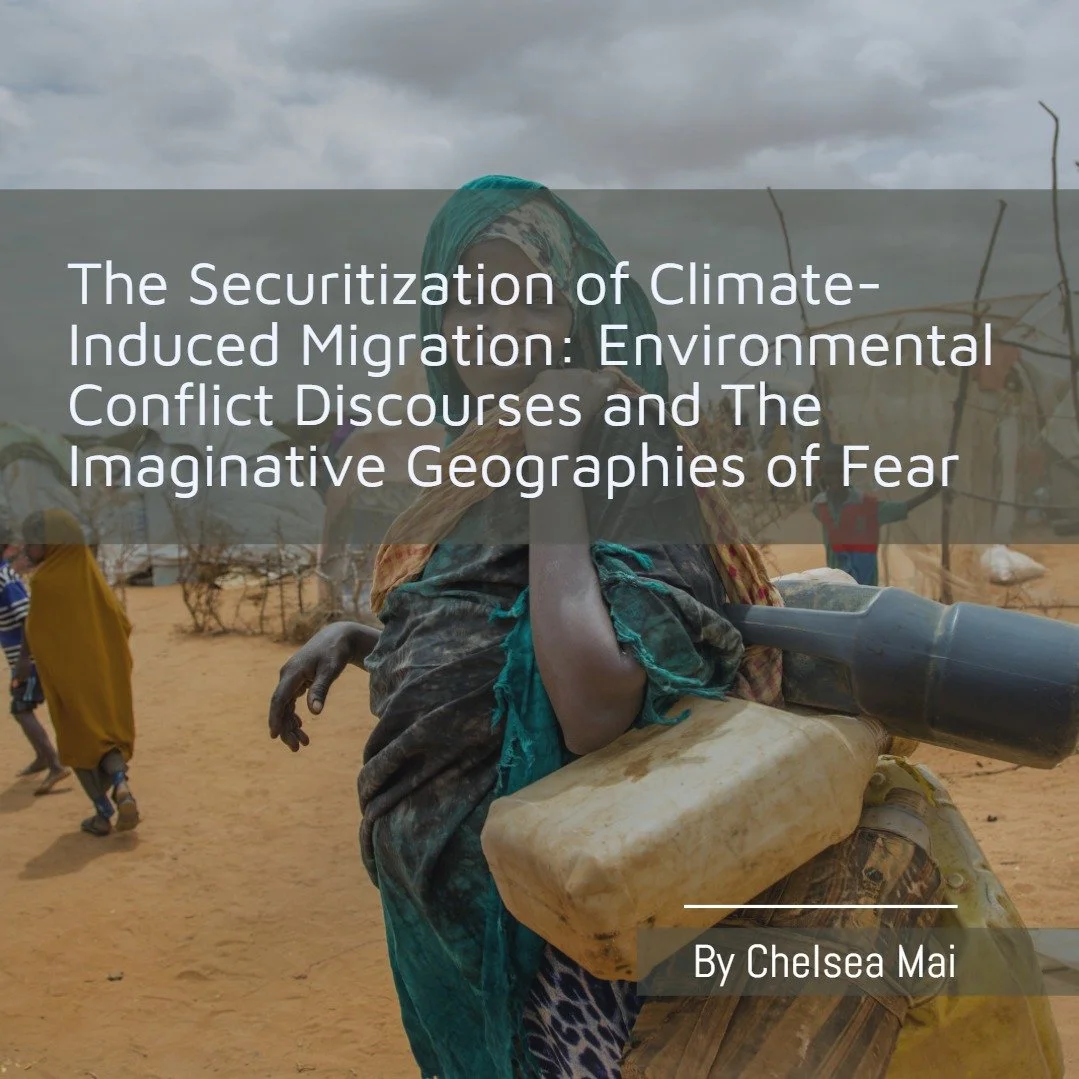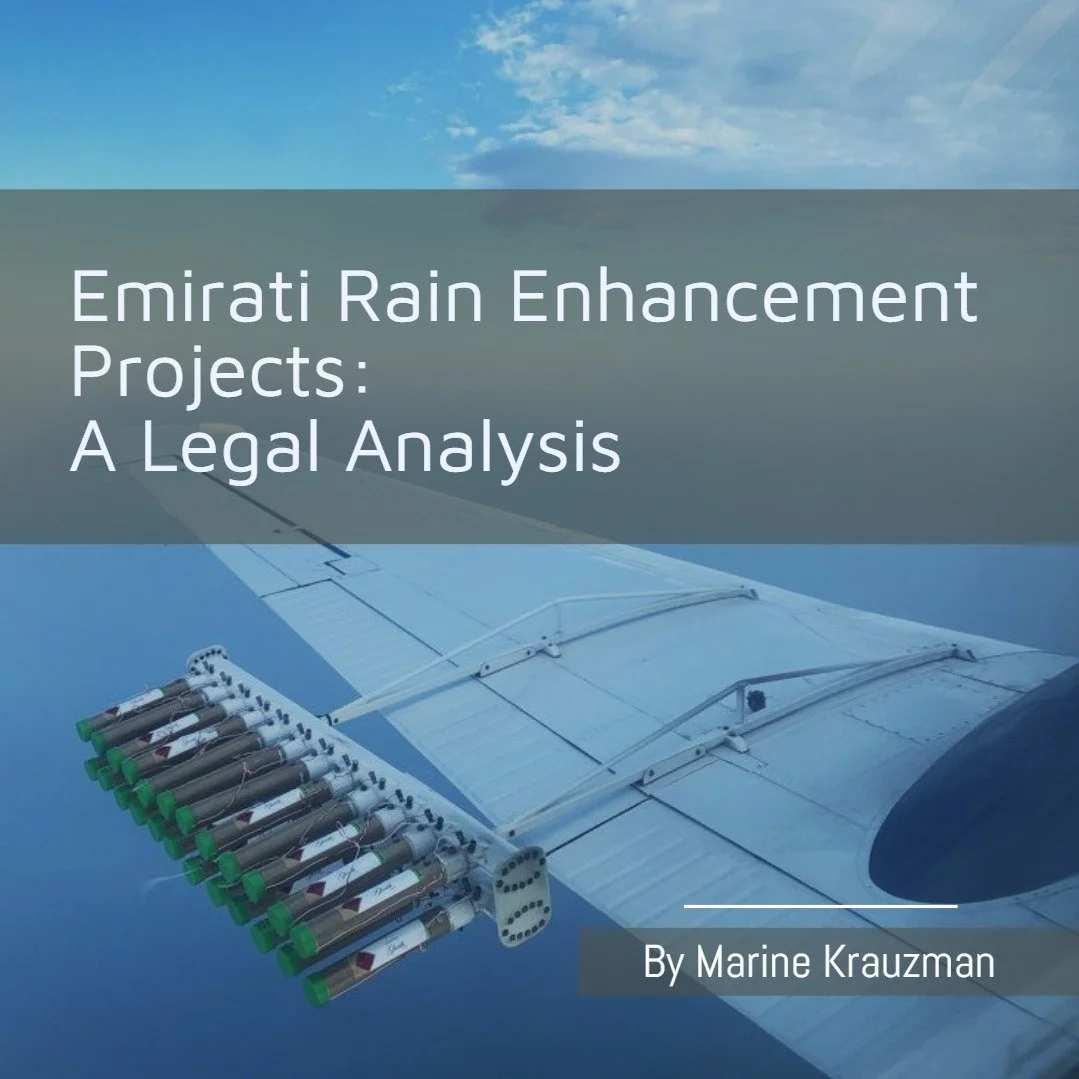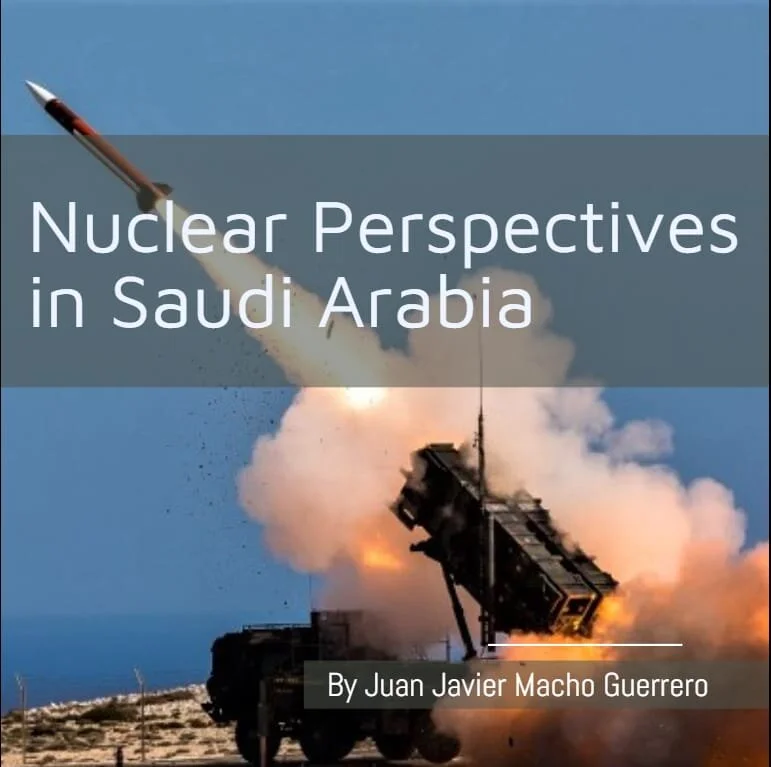Hezbollah, widely recognised as the most powerful non-state actor in the world, is perceived as a major threat to Israel, who opposes its existence. Backed by several state and non-state actors, Hezbollah operates internationally, its actions extending beyond Lebanon -where it holds significant political influence and substantially influencing the Middle East’s regional security dynamics. The long-standing conflict between Hezbollah and Israel dates to the early 1980s, following Israel’s invasions of Lebanon. Recent incidents have further heightened tensions in an already turbulent region. This article is aimed at understanding the motivations and grievances of both sides.
By SOFÍA VILAS MUÑIZ
Introduction
On September 17th, multiple beepers of Hezbollah members exploded almost simultaneously across the country of Lebanon. During the explosions, several members were reportedly engaged in routine activities, such as buying groceries in a supermarket, which led to the injury and death of civilians caught in the blasts. The day after, walkie-talkies used by the group also detonated, heightening fears among the Lebanese population of further unexpected attacks. Hezbollah and Lebanon’s Prime Minister accused Israel’s national intelligence agency, Mossad, of orchestrating these unprecedented attacks. Since the explosions, both Hezbollah and Israel have intensified military activities, resulting in brutal cross-border fire exchanges.
Hezbollah's Origins
Hezbollah, which means “Party of Allah”, was established as a militia in 1982, during the Lebanese Civil War (1975-1990). This war originated from a destabilisation of the state, stemming from several internal and external factors. Key among these were tensions between the different religious sectors of the population and disagreements about the country’s possible alignments in the Cold War rivalry. The establishment of the Palestine Liberation Organisation (PLO) in Beirut after its expulsion from Jordan was another contentious issue. There was a division between sectors of the population who supported the Palestinian armed presence in the country and those who did not, such as the Lebanese Forces, a right-wing Lebanese Christian militia [1].
Aligned with Shia Islam, Hezbollah was created with Iranian support, as after the Islamic Revolution, Iran viewed it as a key ally for promoting Shia ideology and resisting Western influence. It emerged in response to the marginalisation of the Shia community and Israel’s invasions of Lebanon in 1978 and 1982. Israel’s invasions of Lebanon, which were allegedly intended to counter attacks launched by the PLO [2], led to the most violent incidents during the Civil War, the Sabra and Shatila Palestinian refugee camps massacres in September 1982, even after the PLO had relocated to Tunisia. Executed by Lebanese Forces and facilitated by the Israeli forces, these atrocities resulted in the killing of thousands of Palestinian refugees and Lebanese civilians [3].
Hezbollah emerged as a powerful resistance group, concentrating on guerrilla warfare against Israel and engaging in conflict with other Shiite militias. It had an important role in pressuring Israel to withdraw from a significant portion of Southern Lebanon in 1985. However, there was an establishment of a “Security Zone”, a narrow strip in Southern Lebanon intended to enable Israel to maintain control by policing the area through the South Lebanon Army’s (SLA), successor to the Lebanese Forces.
Israel-Hezbollah Post-Civil War Confrontations
Not only did Hezbollah maintain its militia when the Civil War ended with the Taif Agreement, but it also started to run for elections in 1992, winning seats in the Parliament for the first time and gradually gaining political influence in the country.
A year later, in 1993, Israel attacked Southern Lebanon during the so-called “Operation Accountability” aimed at retributing Hezbollah’s rocket attacks against Israeli forces still present in Lebanon and the SLA [4]. This “Seven Days War” caused disproportionate civilian casualties.
The “April Aggression” of 1996, when Israel launched a 17-day offence against Hezbollah, which had increased its attacks against northern Israel, involved the Qana massacre. This was the shelling of a United Nations Interim Force in Lebanon (UNIFIL), tasked with peacekeeping. The attack resulted in the killings of UN personnel and over 100 civilians, including 37 children, who had sought refuge there [5].
In May 2000, Israel completed its withdrawal from Southern Lebanon without a peace treaty or concessions, after nearly two decades of military presence. Hezbollah framed it as a victory, which greatly increased its popularity both in Lebanon and the Middle East [6].
Following this event, Hezbollah continued to bolster its military capabilities, leading to a situation in 2006 when they fired rockets at Israeli positions and conducted a cross-border operation aimed at demonstrating power and gaining leverage for a potential prisoner exchange. The killing of eight Israeli soldiers and capturing of two triggered the July War. The Israel Defence Forces (IDF) initiated extensive military operations against Lebanon, through air, sea, and land, asserting all of Lebanon was a legitimate target for military action. The Lebanese government condemned Hezbollah’s actions and sought to reassert state authority, calling for a ceasefire. After a UN Security Council Resolution, the ceasefire was agreed upon on August 14th 2006, allowing the deployment of the Lebanese army and an international peacekeeping force to stabilise the region [7].
This conflict marked the last major Hezbollah-Israel confrontation until now.
Hezbollah’s International Reach and Power
Hezbollah’s influence extends well beyond Lebanon, as it is recognised as the most heavily armed non-state military actor in the world. It possesses more sophisticated and precise equipment than Hamas, with an estimated amount of 150,000 to 200,000 missiles of varying ranges [8].
Since 2012, it has been involved in the Syrian Civil War, defending Bashar al-Assad’s regime, dominated by Alawite Shia Muslims, and helping him maintain power. Assad’s regime is also backed by Iran, a member of the “Axis of Resistance” to which both Hezbollah and Syria belong, as well as Russia. Syria had a peacekeeping force during the Lebanese Civil War and remained in the country until 2005. Hezbollah’s support has not only been military but also technical and logistical [9], although this support has been diminishing over time.
Nations such as the United States, Canada, the United Kingdom, Israel, and even the European Union consider Hezbollah a terrorist organisation. Opposed to Western influence, Hezbollah is believed to have orchestrated numerous attacks in the 1980s that included targeted bombings aimed at U.S. and French troops in Beirut [10]. It is also thought to have been responsible for attacks on an international scale, such as the bombing of the Israeli embassy in Buenos Aires in 1992. In addition to military and political activities, Hezbollah is also alleged to be involved in drug trafficking and money laundering activities that extend across America, Africa, and Europe, and serve to its financing [11]. The group denies it, arguing that these illicit activities would contradict its religious values [12].
The Resurgence of Tensions
The ongoing Israel’s War, now nearing one year, has dramatically reignited the tensions between Hezbollah and Israel. Since a day after the war’s onset, Hezbollah has actively opposed Israeli military actions and supported its ally, Hamas, by firing rockets and anti-tank missiles at Israeli positions. These attacks have always been retaliated by the Israel Defence Forces with air strikes, tanks, and artillery fire. Israel has been targeting residential areas in Lebanon, as in Gaza, justifying these actions by claiming the group hides weapons within these locations [13]. The military exchanges have led to the displacement of tens of thousands of Lebanese from southern Lebanon to safer regions in the North.
Conclusion
The cycle of violence appears set to endure. While Israel designates Hezbollah and Hamas as terrorist organisations, its own military responses often result in substantial civilian casualties and displacements, raising questions about the morality of these actions. This contradiction not only undermines Israel’s narrative of ensuring security but also perpetuates the humanitarian crises in Gaza and Lebanon. Acknowledging the complexities of this long-standing conflict is essential for encouraging accountability and prioritising the protection of civilian lives.
References
[1] Sune, Haugbolle. 2011. “The Historiography and the Memory of the Lebanese Civil War | Sciences Po Violence de Masse et Résistance - Réseau de Recherche.” Sciencespo.fr. October 25, 2011. https://www.sciencespo.fr/mass-violence-war-massacre-resistance/fr/document/historiography-and-memory-lebanese-civil-war.html.
[2] Al Jazeera Staff. 2024. “The History of Conflict between Hezbollah and Israel.” Al Jazeera. Al Jazeera. September 18, 2024. https://www.aljazeera.com/news/2024/9/18/hezbollah-and-israel-a-timeline-of-conflict.
[3] Sune, Haugbolle. 2011. “The Historiography and the Memory of the Lebanese Civil War | Sciences Po Violence de Masse et Résistance - Réseau de Recherche.” Sciencespo.fr. October 25, 2011. https://www.sciencespo.fr/mass-violence-war-massacre-resistance/fr/document/historiography-and-memory-lebanese-civil-war.html.
[4] “Seven-Day War or Operation Accountability.” 2014. Civil Society Knowledge Centre. October 22, 2014. https://civilsociety-centre.org/content/seven-day-war-or-operation-accountability.
[5] Al Jazeera Staff. 2024. “The History of Conflict between Hezbollah and Israel.” Al Jazeera. Al Jazeera. September 18, 2024. https://www.aljazeera.com/news/2024/9/18/hezbollah-and-israel-a-timeline-of-conflict.
[6] “Hezbollah’s Record on War & Politics .” 2023. Wilson Center. October 25, 2023. https://www.wilsoncenter.org/article/hezbollahs-record-war-politics.
[7] “Israel/Lebanon/Hezbollah Conflict in 2006 | How Does Law Protect in War? - Online Casebook.” n.d. International Committee of the Red Cross. https://casebook.icrc.org/case-study/israellebanonhezbollah-conflict-2006.
[8] Robinson, Kali. 2024. “What Is Hezbollah?” Council on Foreign Relations. July 30, 2024. https://www.cfr.org/backgrounder/what-hezbollah.
[9] Daher, Joseph. 2017. “The Consequences of Hezbollah’s Military Intervention in Syria on the Lebanese Shia Population and Relations with Israel .” Fondation Pour La Recherche Stratégique. September 26, 2017. https://www.frstrategie.org/en/programs/observatoire-du-monde-arabo-musulman-et-du-sahel/consequences-hezbollahs-military-intervention-syria-lebanese-shia-population-and-relations-israel-2017.
[10] Robinson, Kali. 2024. “What Is Hezbollah?” Council on Foreign Relations. July 30, 2024. https://www.cfr.org/backgrounder/what-hezbollah.
[11] Dostri, Omer. 2023. “Hezbollah, a Worldwide Criminal Organization.” Middle East Forum. June 2023. https://www.meforum.org/middle-east-quarterly/hezbollah-a-worldwide-criminal-organization.
[12] “Qué Es Hezbolá, El Enemigo de Israel En Líbano (Y Cuán Poderoso Es) .” 2024. BBC News Mundo. August 2024. https://www.bbc.com/mundo/articles/cv2gyln8kk9o.
[13] BBC. 2023. “What Is Hezbollah in Lebanon and Will It Go to War with Israel?,” November 3, 2023. https://www.bbc.com/news/world-middle-east-67307858.







